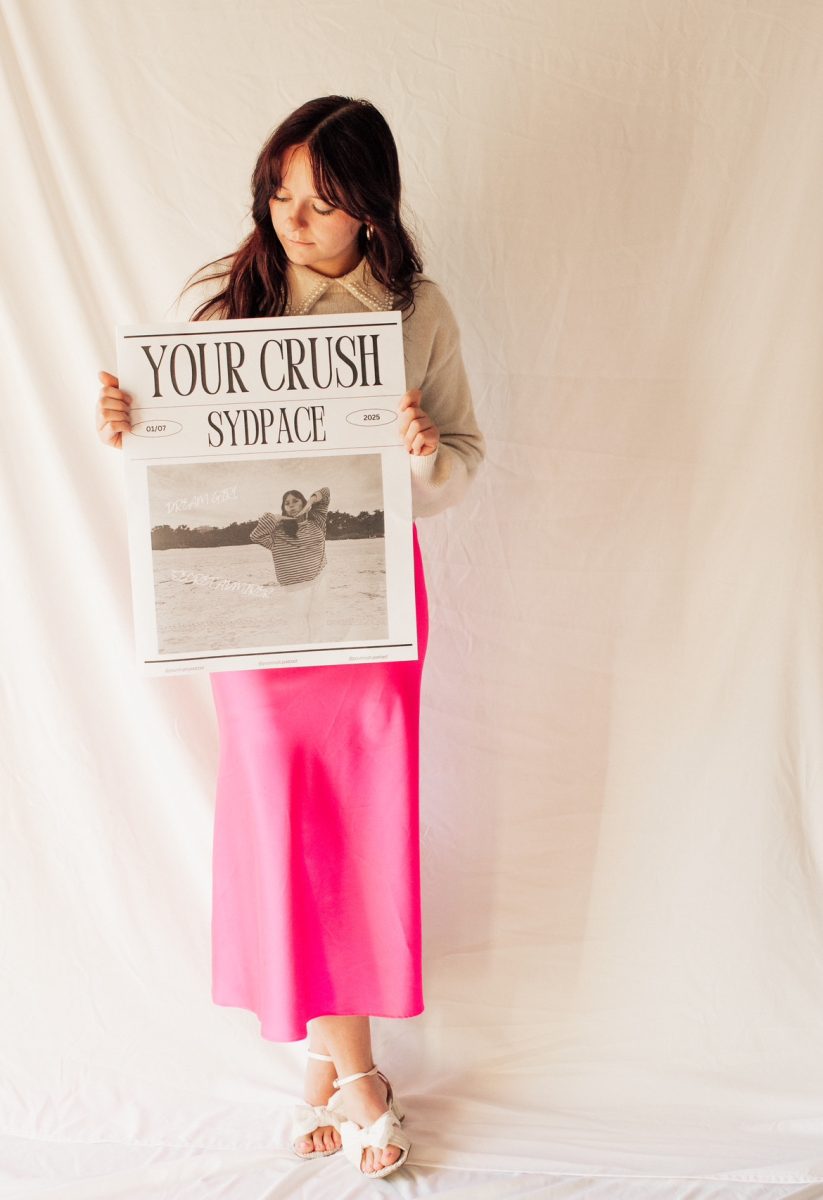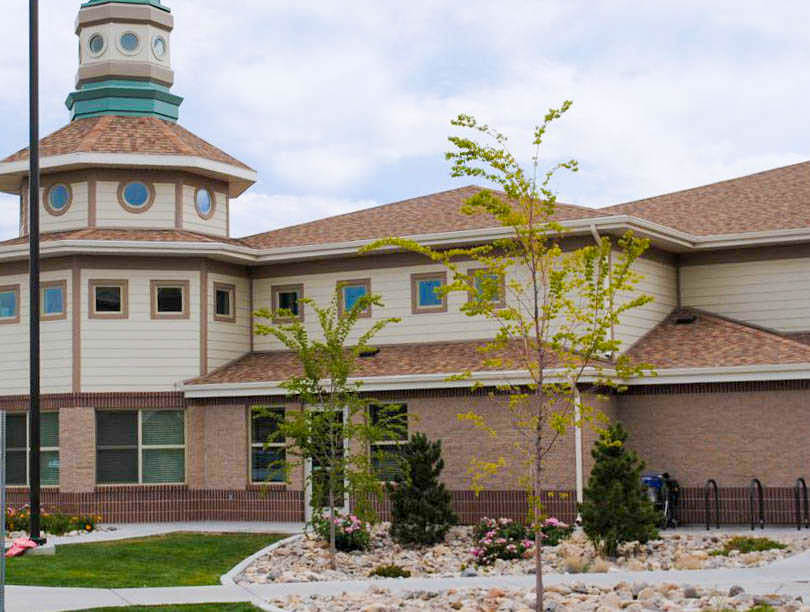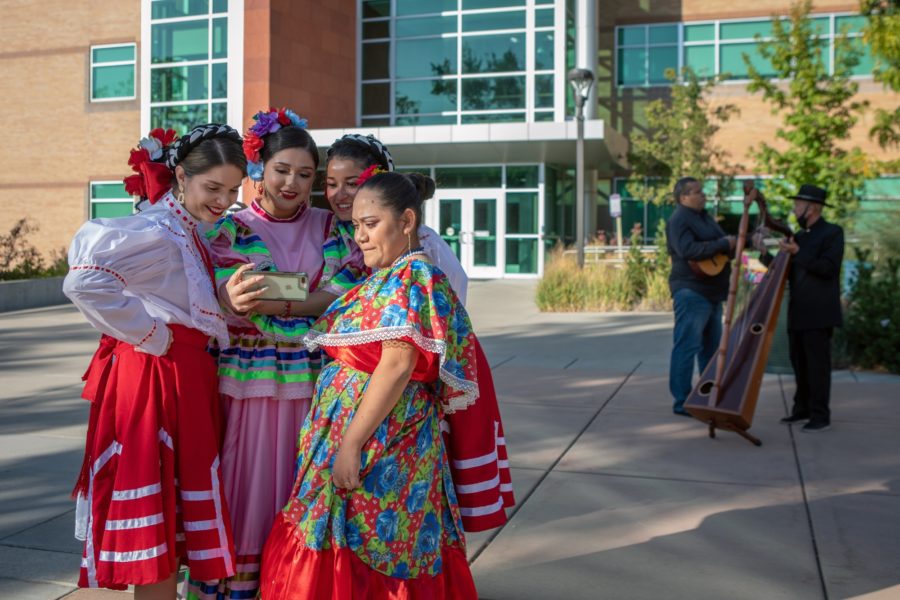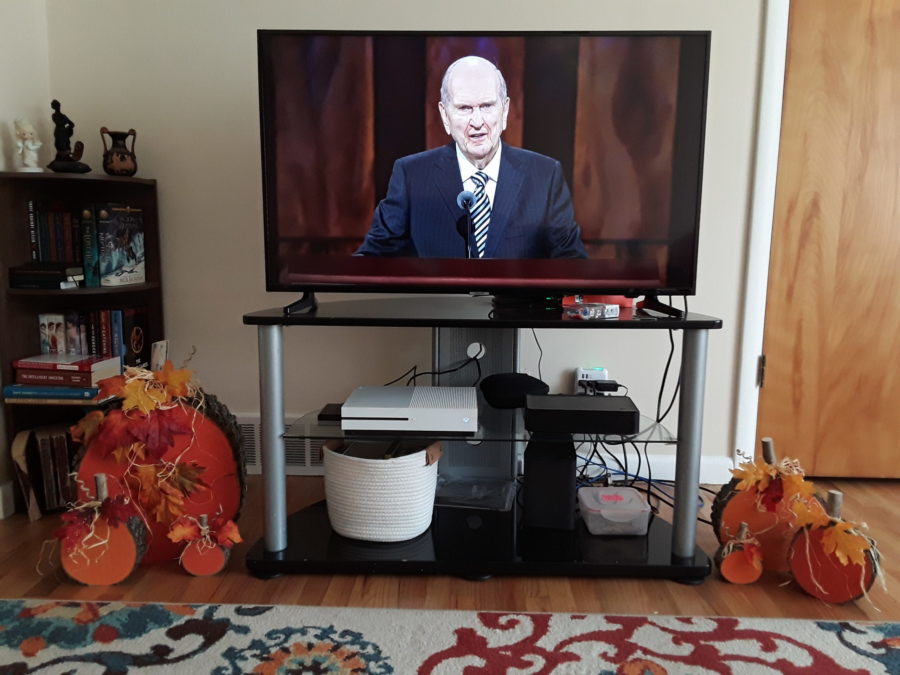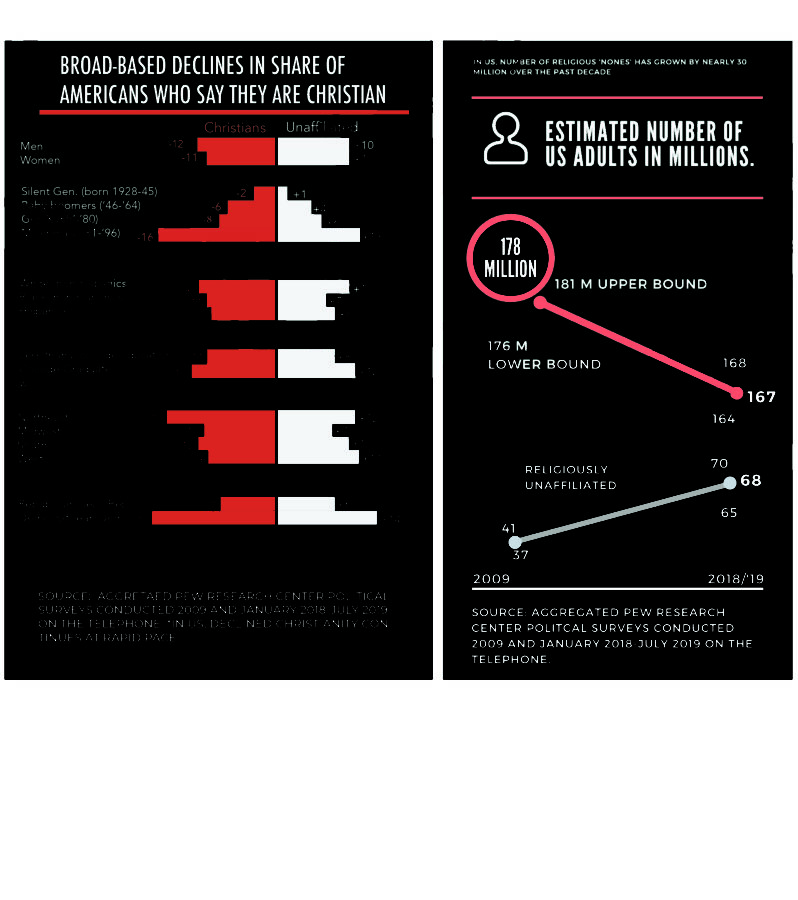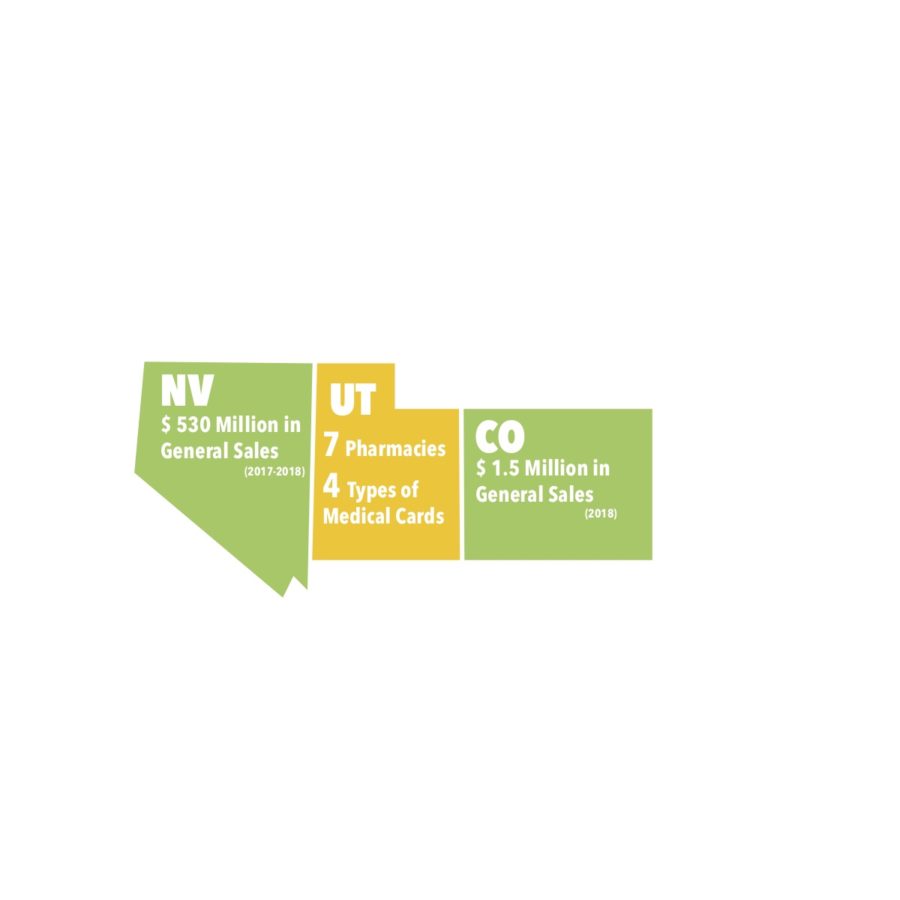[media-credit id=14 align=”alignright” width=”300″] [/media-credit]Ogden City is home to Brith Sholem, Utah’s oldest continuously operating Jewish congregation.
[/media-credit]Ogden City is home to Brith Sholem, Utah’s oldest continuously operating Jewish congregation.
The congregation is part of Ogden’s long-standing Jewish heritage. While the Jewish community is small in Utah, being less than 1 percent, the history of Jewish people in Ogden goes back as far as 150 years. Around 45 families from the Ogden area attend the services at Brith Sholem.
“The Jewish community of Ogden goes back to the 1860s, so it’s very long,” said Erik Stern, vice president of Brith Sholem and professor of dance at Weber State University. “That’s because Ogden was the polyglot city of Utah. Ogden came into existence because of the intercontinental railway that’s going to bring indigent workers and merchants.”
Five WSU professors are members of the congregation. This past week, they and other members of Brith Sholem observed the holiday Rosh Hashanah. It is considered the Jewish New Year celebration and literally means “head of the year.”
The holiday lasts two days, beginning and ending at sundown as per the Hebrew calendar. This year, Rosh Hashanah began on Sept. 28 at sundown and ended Sept. 30 at nightfall.
One of these professors, Vikki Vickers, associate professor of history, canceled her Thursday classes to observe Rosh Hashanah.
“It’s both a celebration for me and a time of reflection on the previous year,” Vickers said. “I think a lot of introspection about the things I wish I hadn’t done or said, and how to change those behaviors that I might not be so proud of. I have to think of those people that I may need to atone with or sins to atone for.”
Rosh Hashanah marks the new year of people, animals and legal contracts in the Jewish religion. Like all holidays, certain traditions are attached to Rosh Hashanah.
“One thing that’s part of the service is blowing the shofar, which is the ram’s horn,” Stern said. “There really is an ancient tie to Judaism. It can be very fun. Just the sound alone while you’re in service for two or three hours usually ends with this fairly long sequence of ram’s horn that brings a nice visceral quality to it.”
Rosh Hashanah is one of the more somber holidays in the Jewish religion and is viewed as both a time of celebration and personal reflection. There are, however, certain aspects of the services and traditions that have a lighter tone.
“Well, for me, it is partially a celebration, so I celebrate by doing traditional things, eating apples and honey,” Vickers said. “I like to bake the traditional rounded challah. It’s a new year; it’s a whole new start.”
Jewish customs are rich in tradition. The same passages from the Torah Scrolls are read and studied every Rosh Hashanah.
“The music and the experience is a very complete sort of thing,” Stern said. “When you have (2,000) or 3,000 years, things get rich, and I appreciate the services to help me get into that state of mind.”
Rosh Hashanah acts as a time period for reflection before Yom Kippur, or the “Day of Atonement,” when members atone for their past digressions. Ten days pass before Yom Kippur for Jewish members to reflect.
“You have to work yourself up to that point,” Stern said. “The verity of atonement is the depth of understanding. You have work yourself up to that. Rosh Hashanah gets you involved and thinking about these things, and then maybe that will help prepare you for something a little more serious. Yom Kippur is far more somber.”













